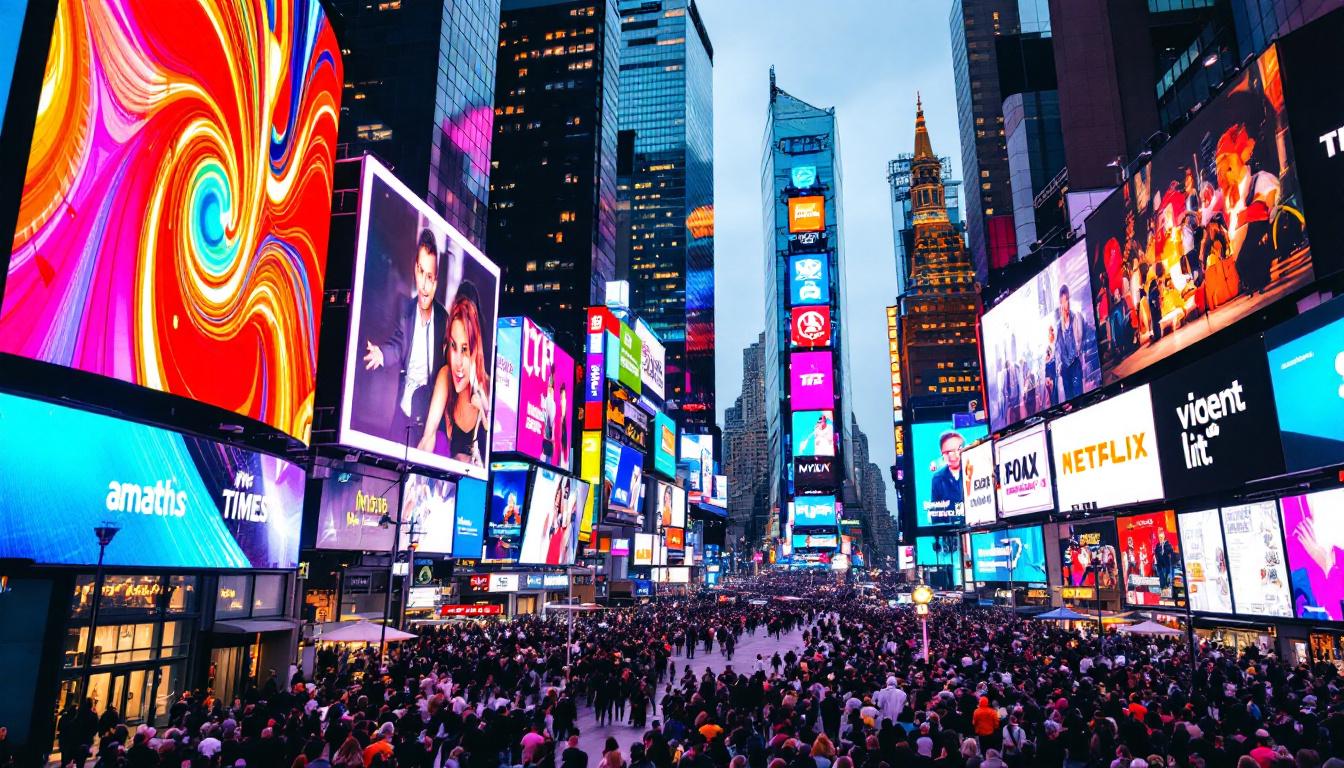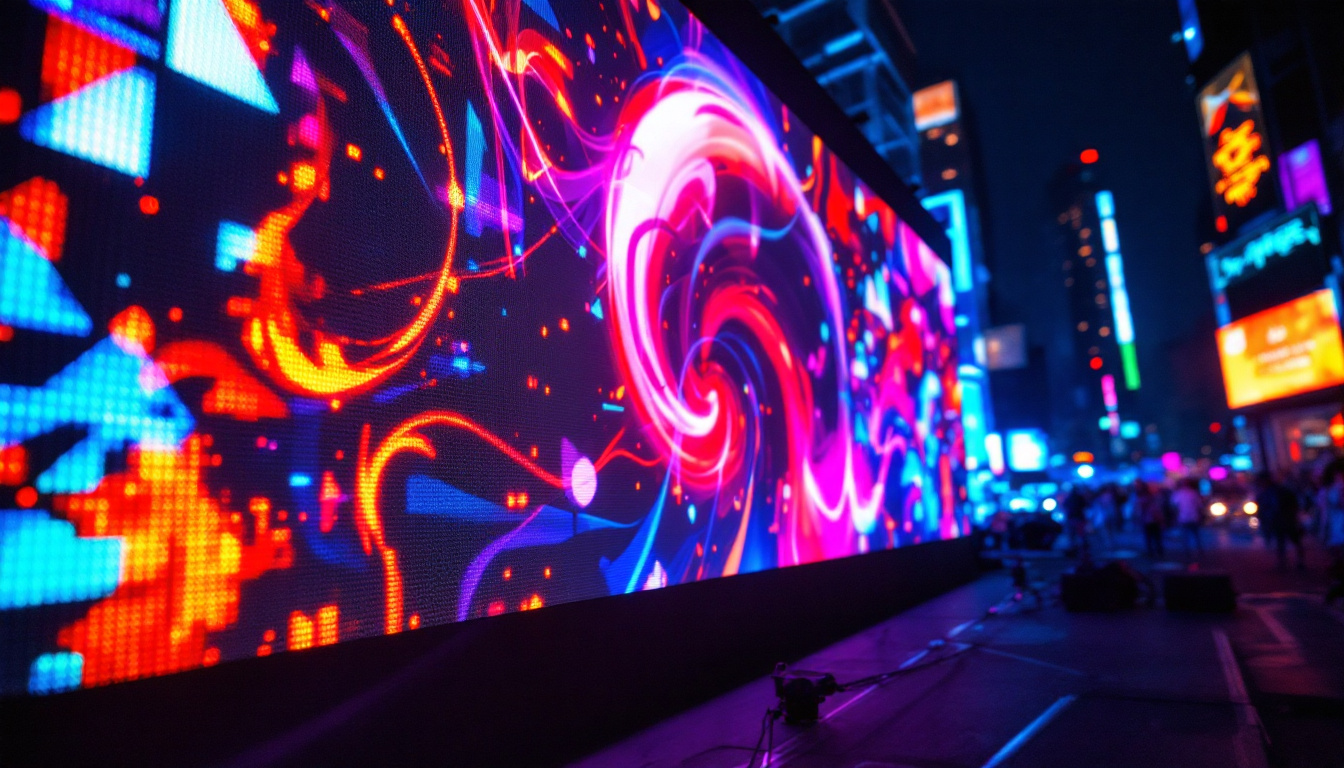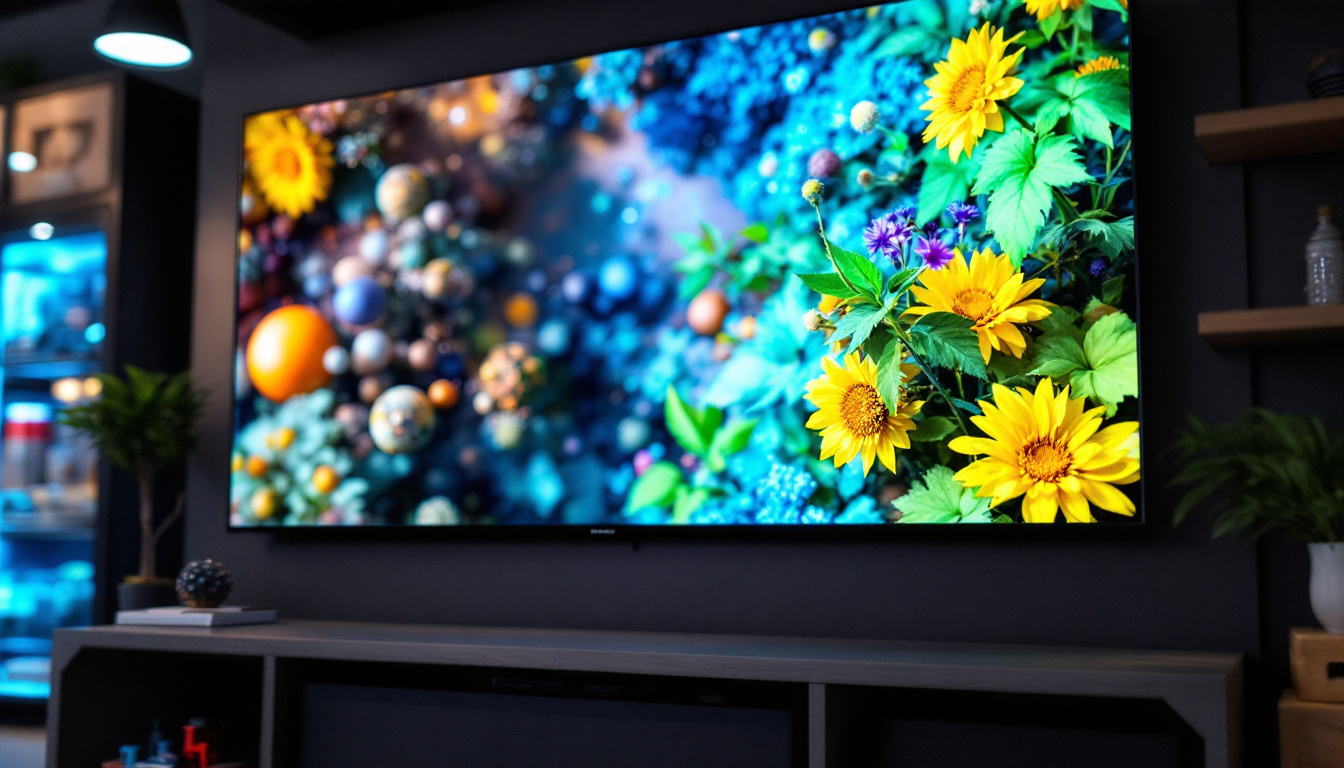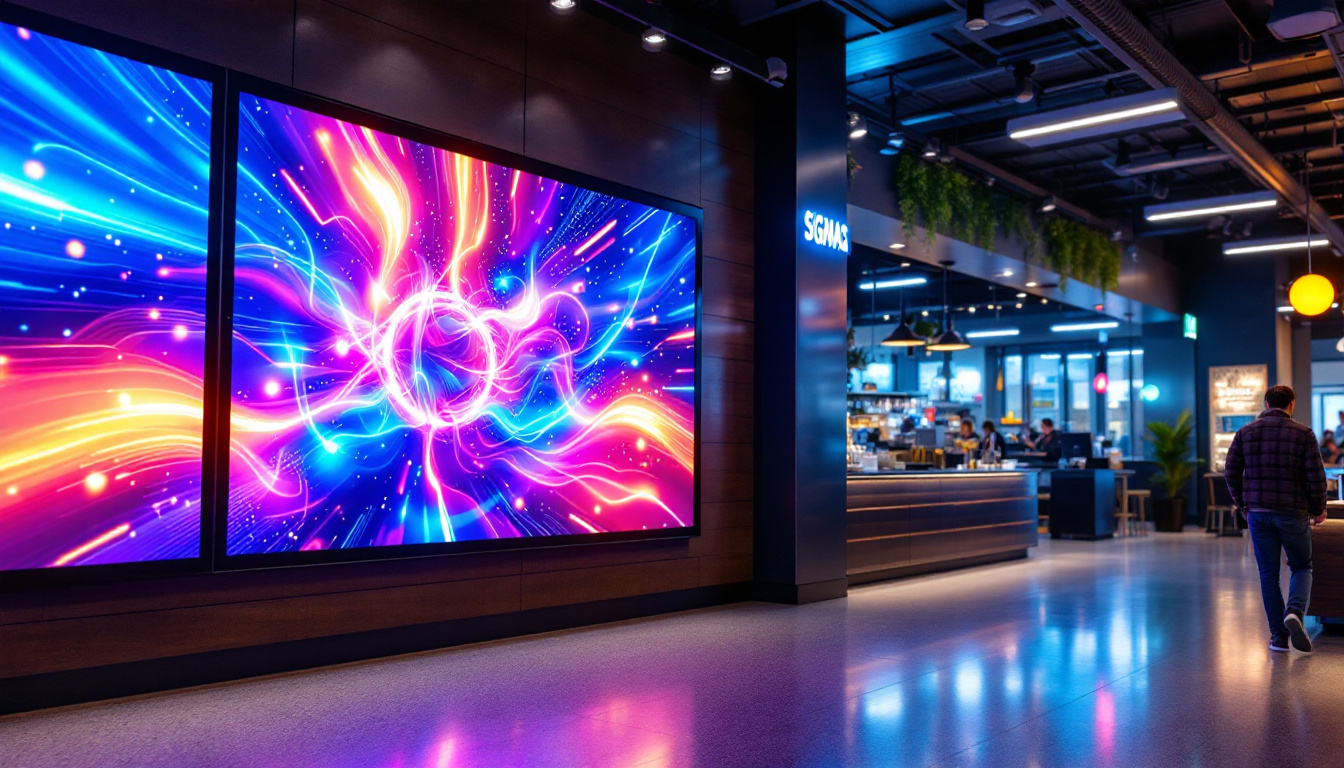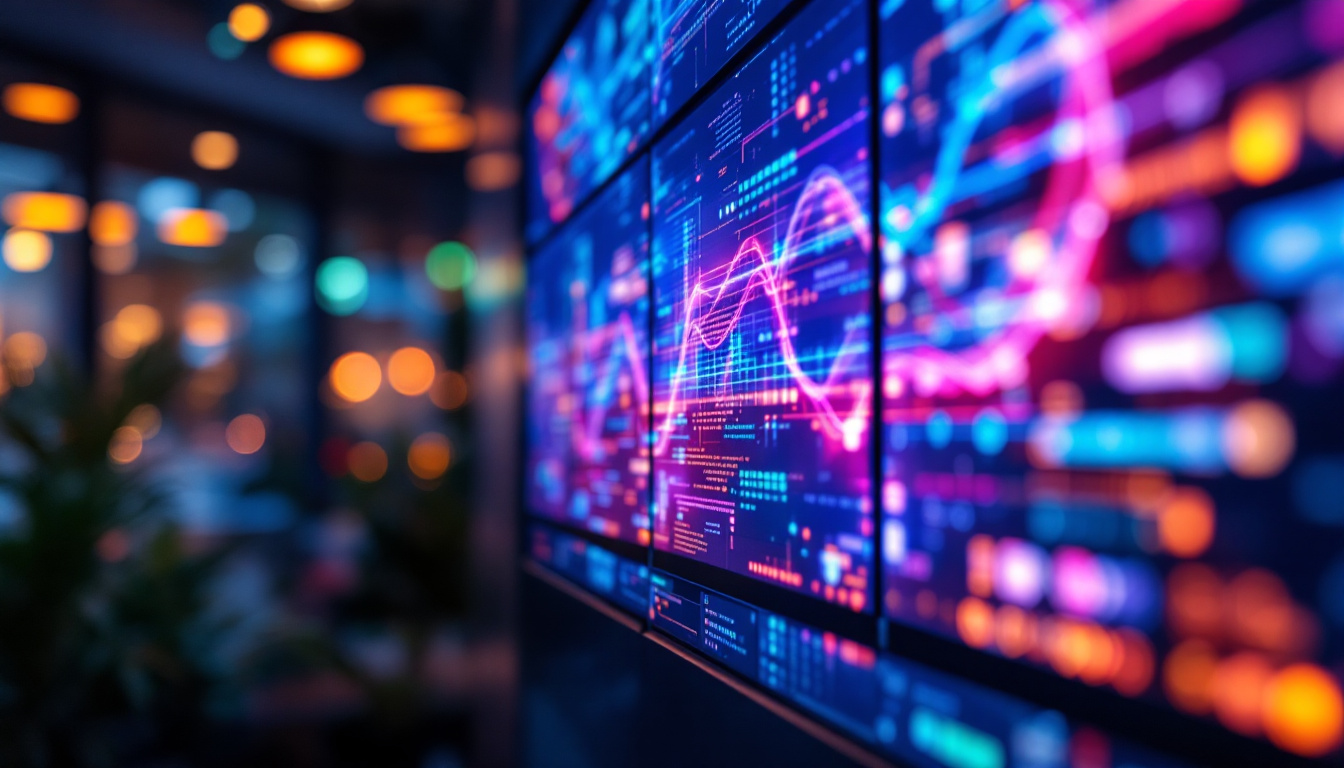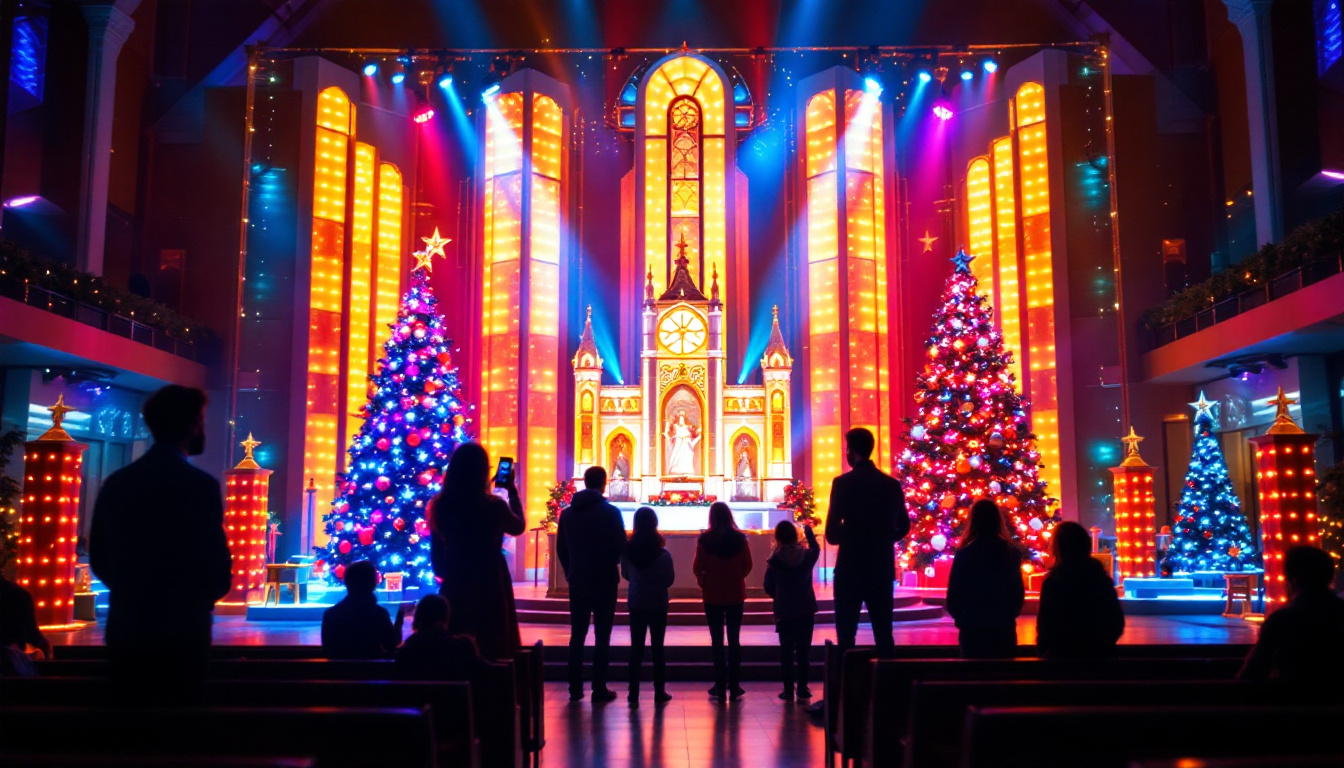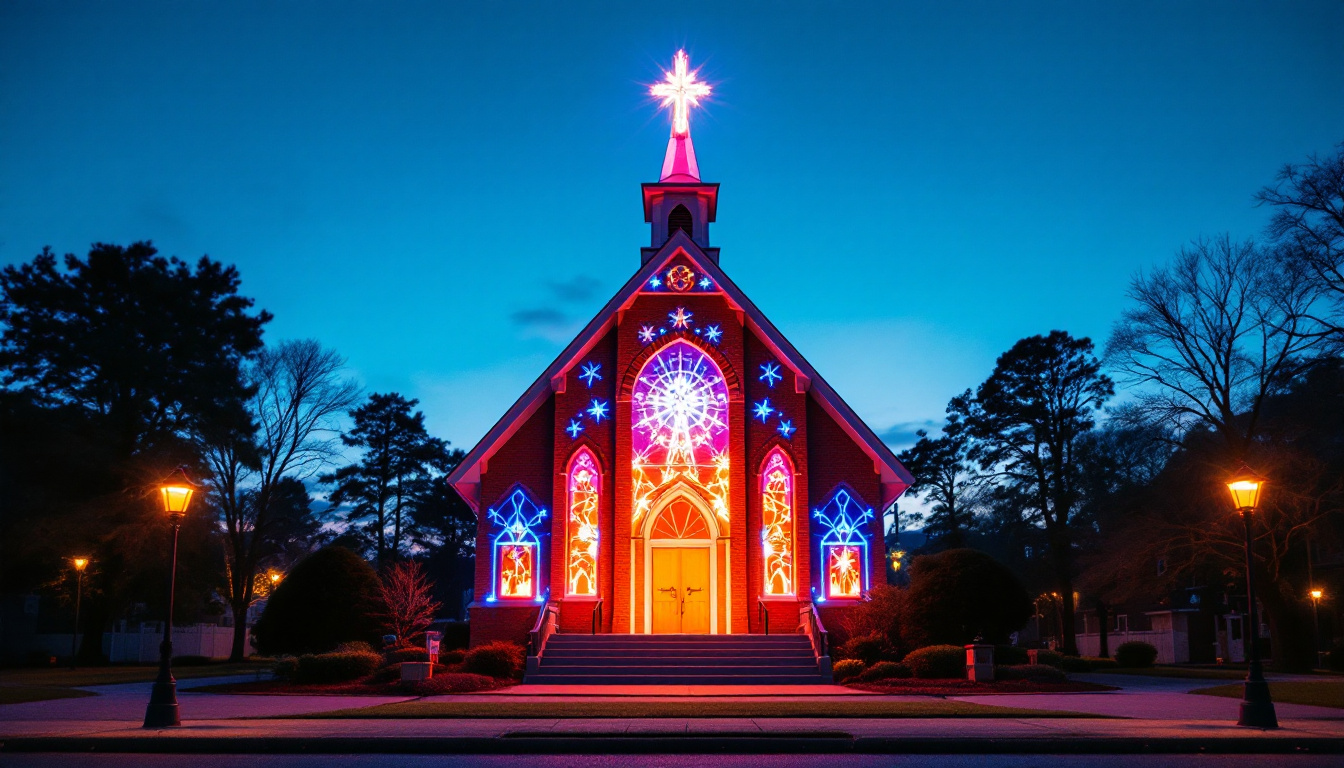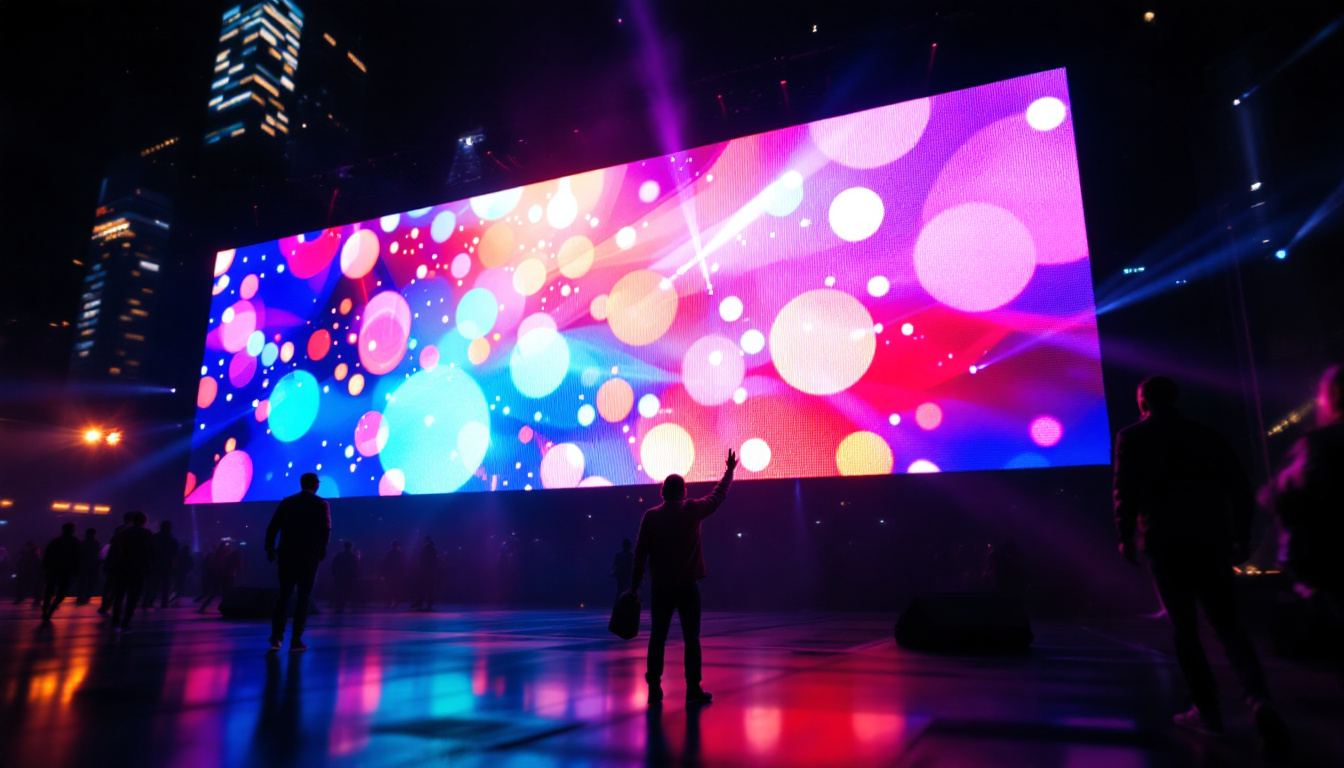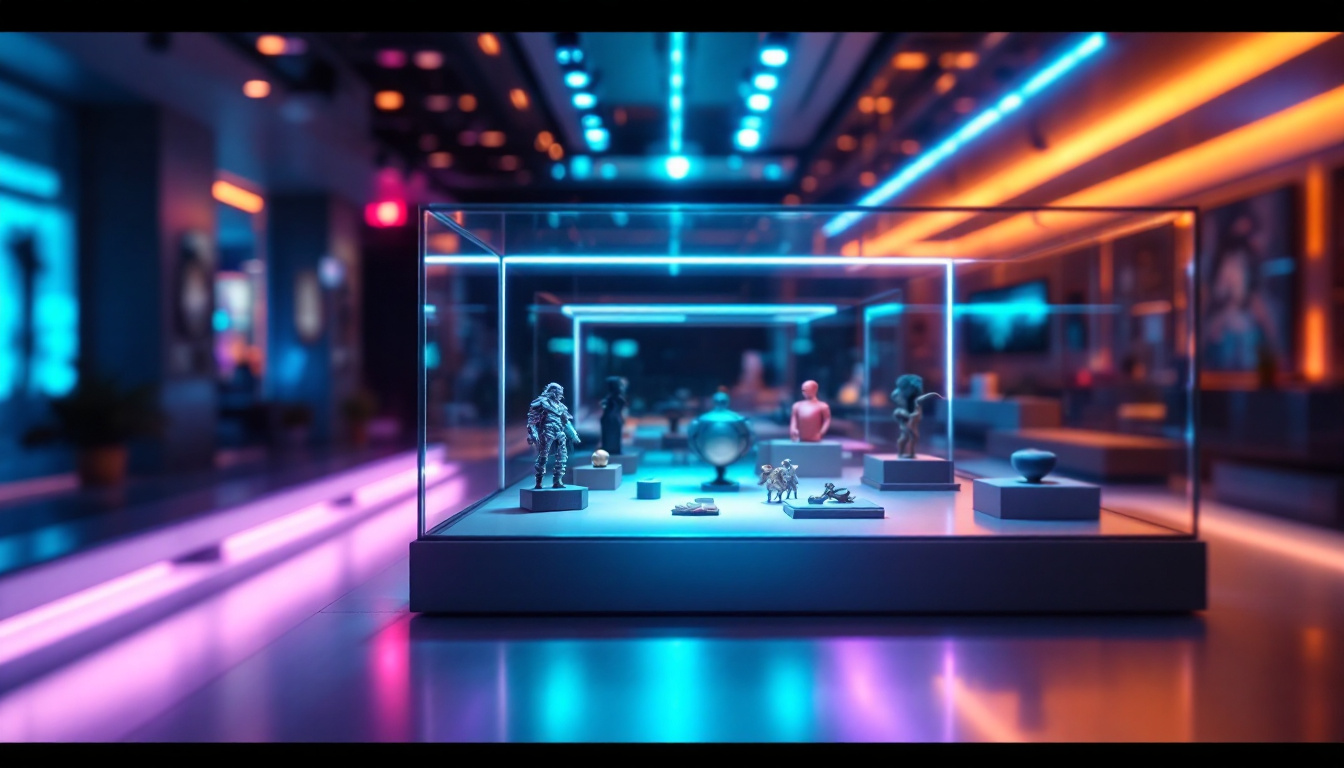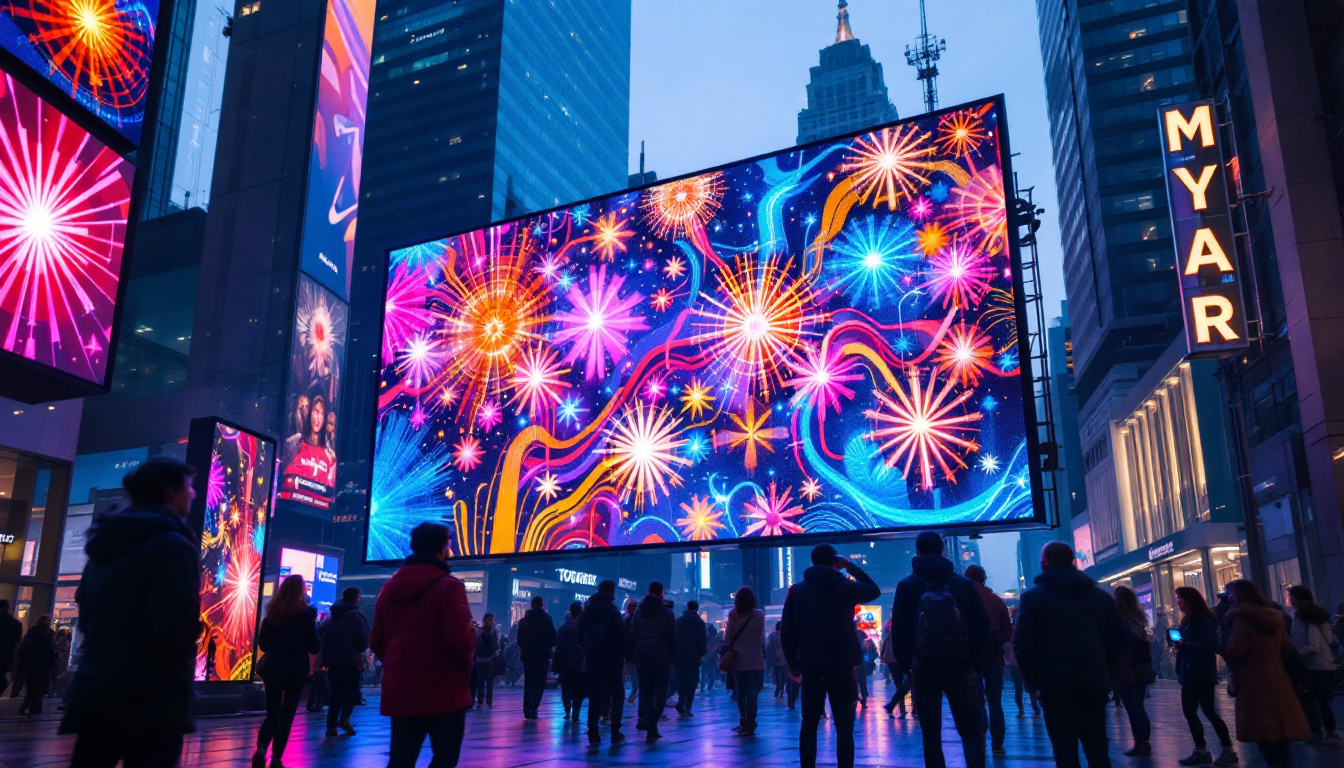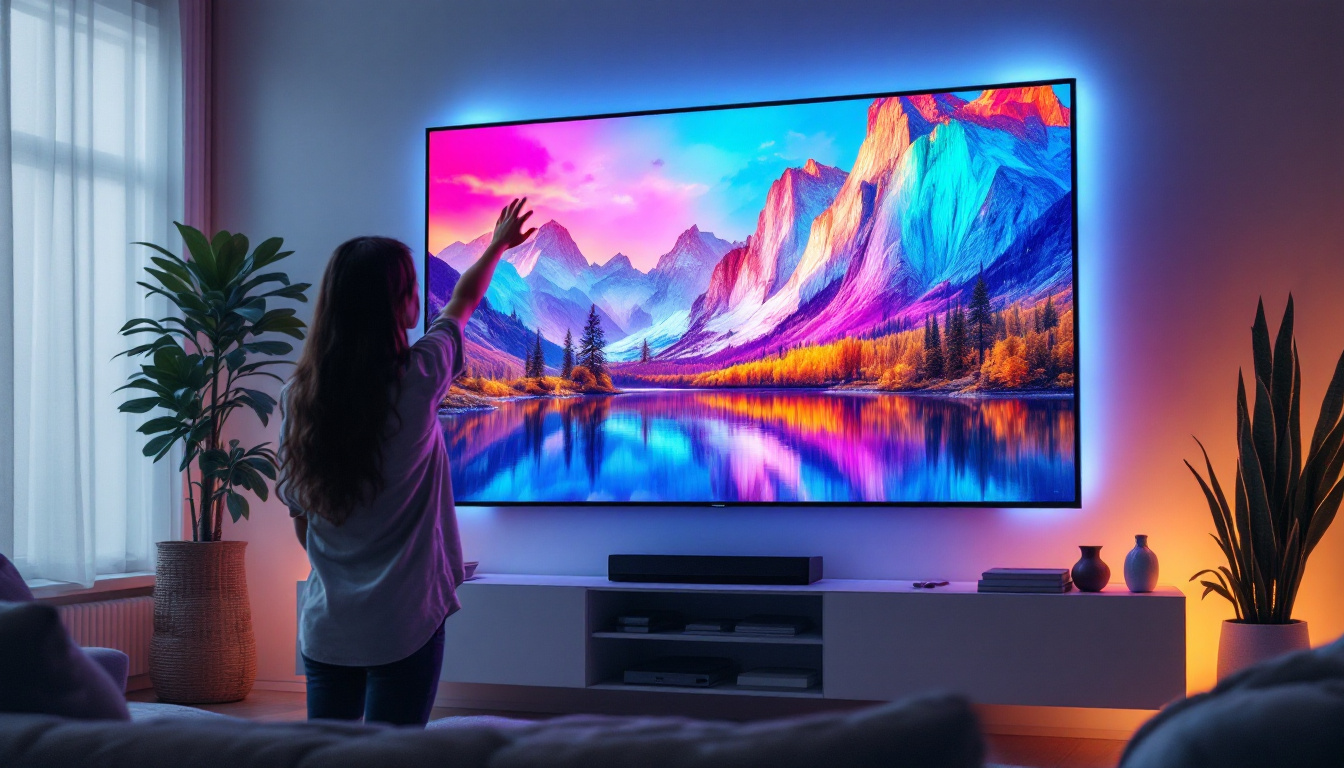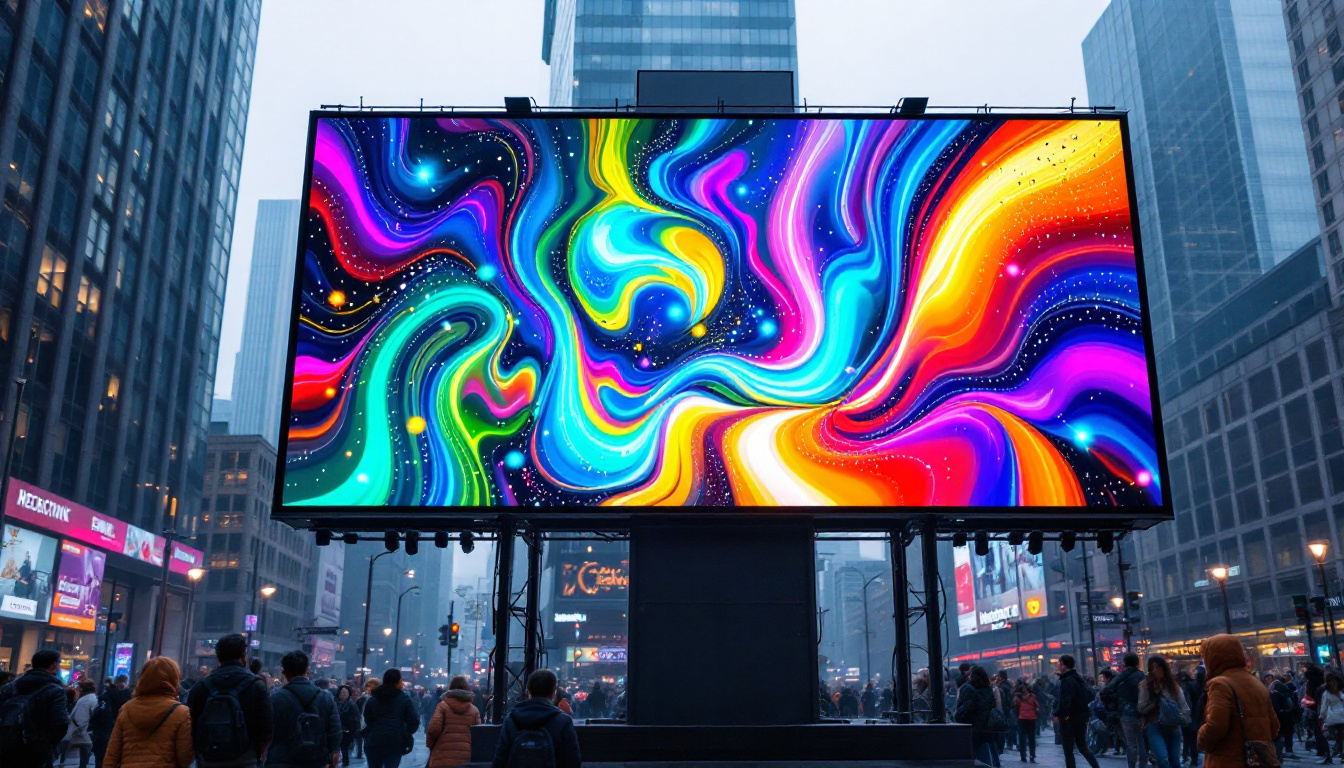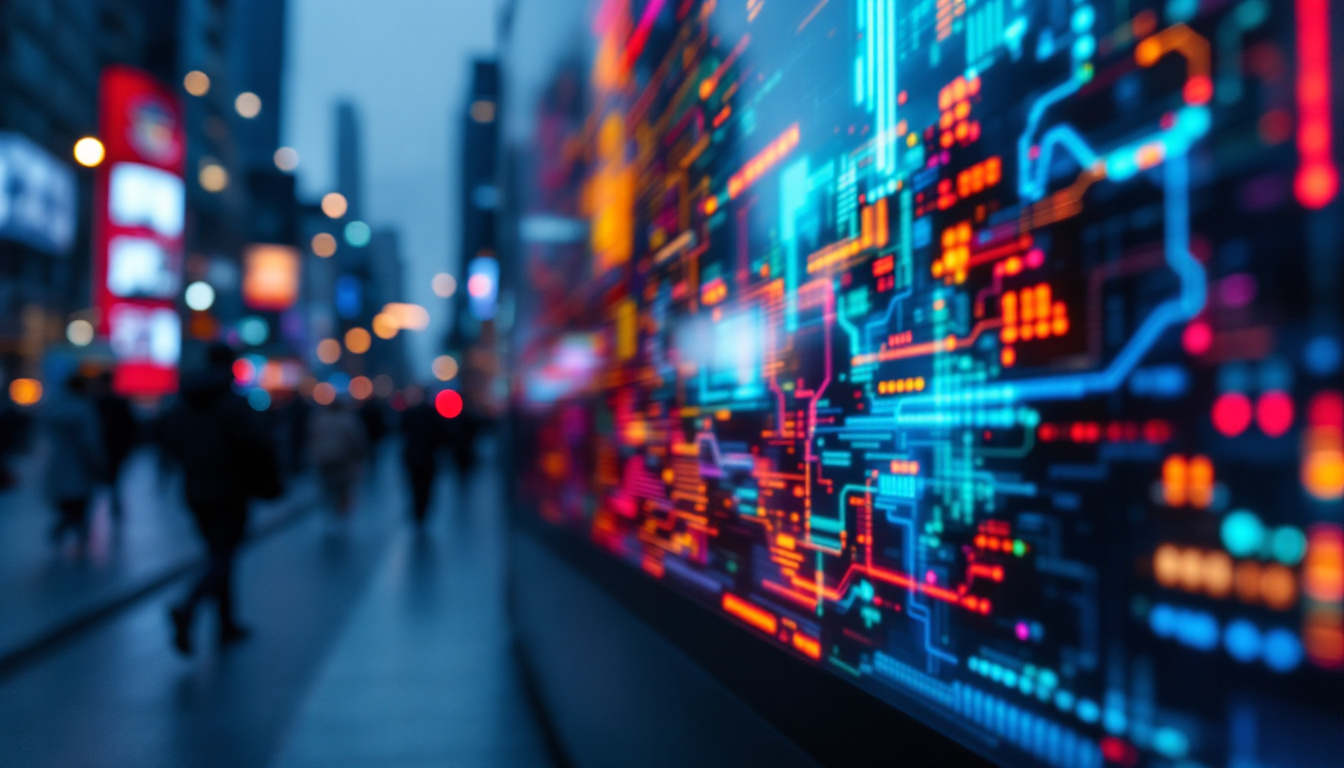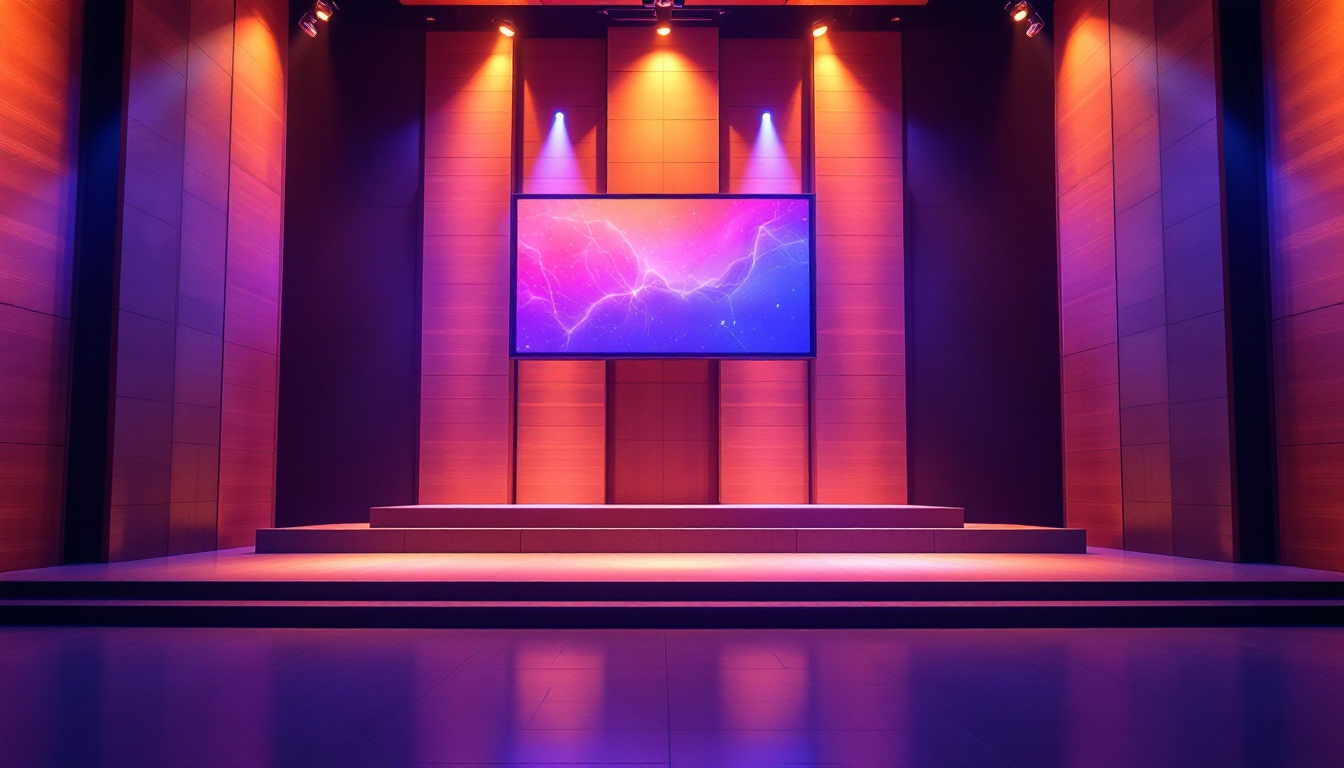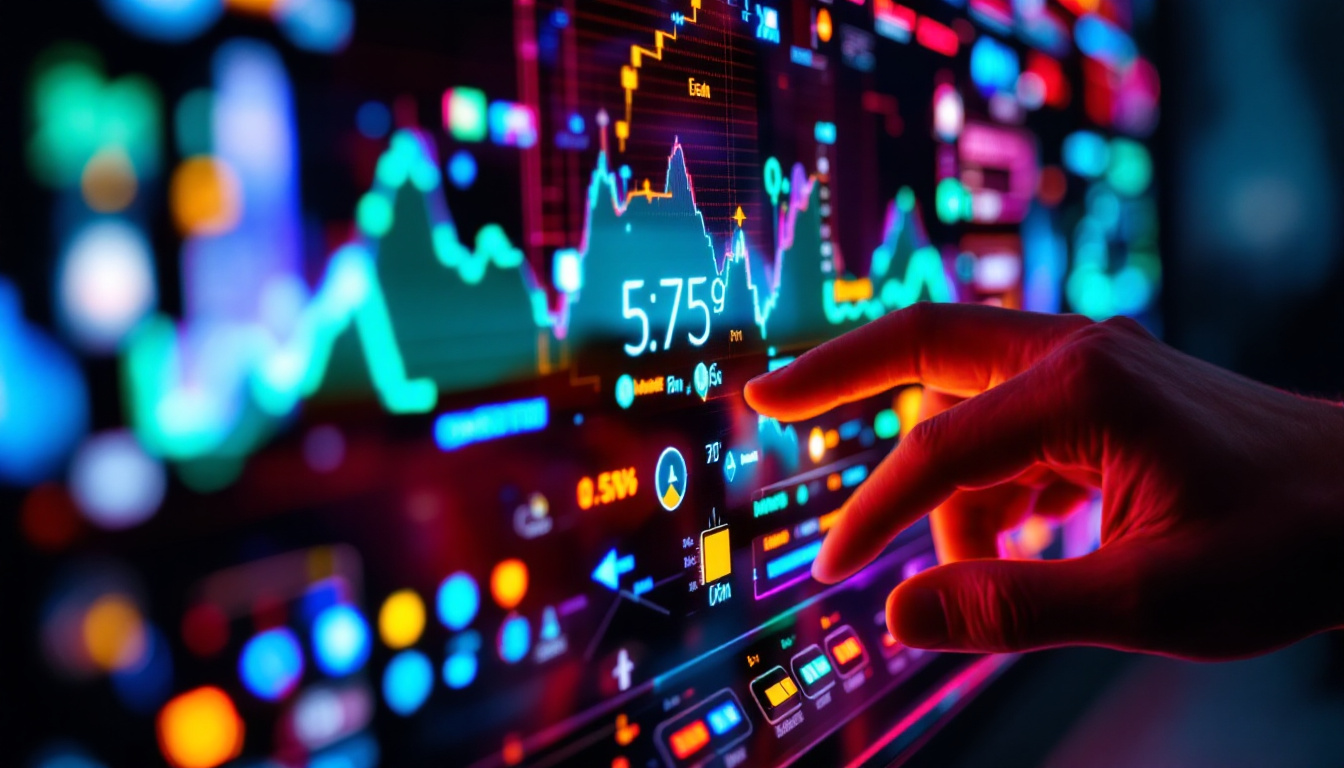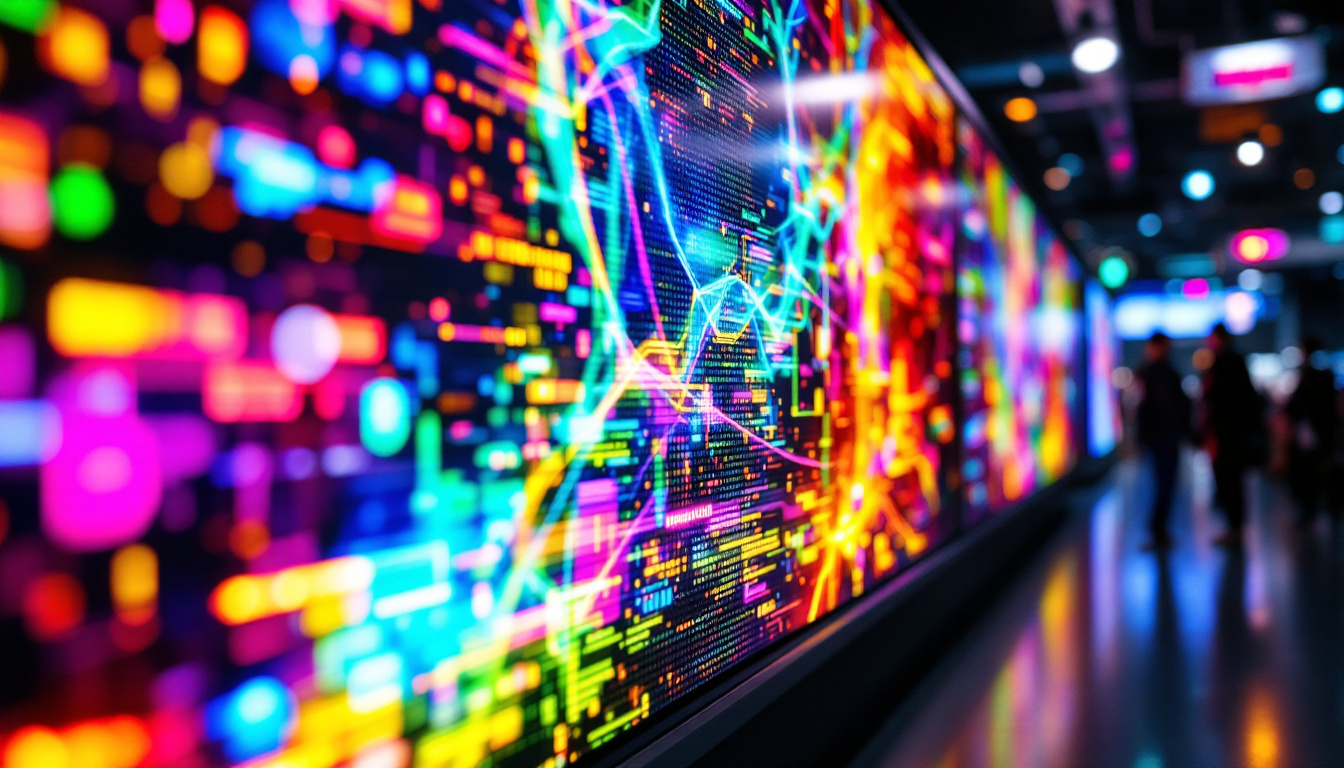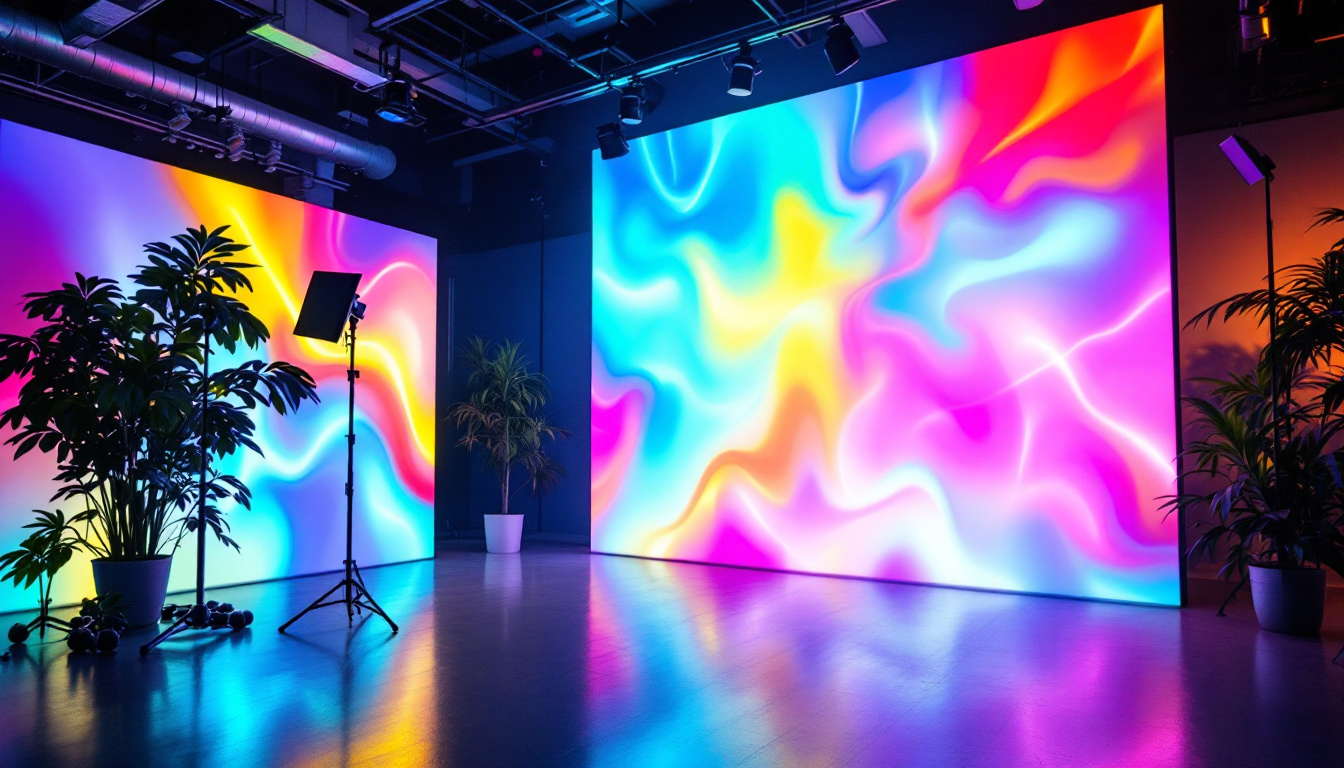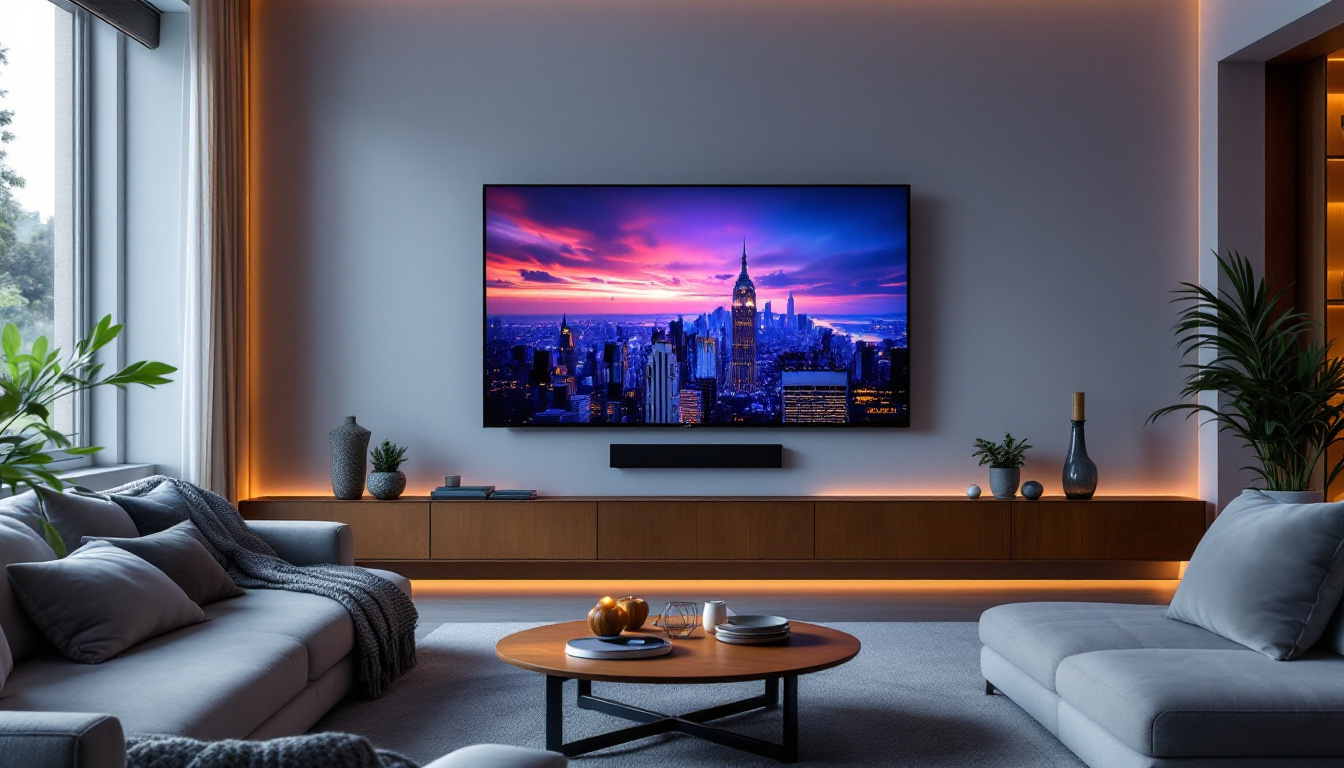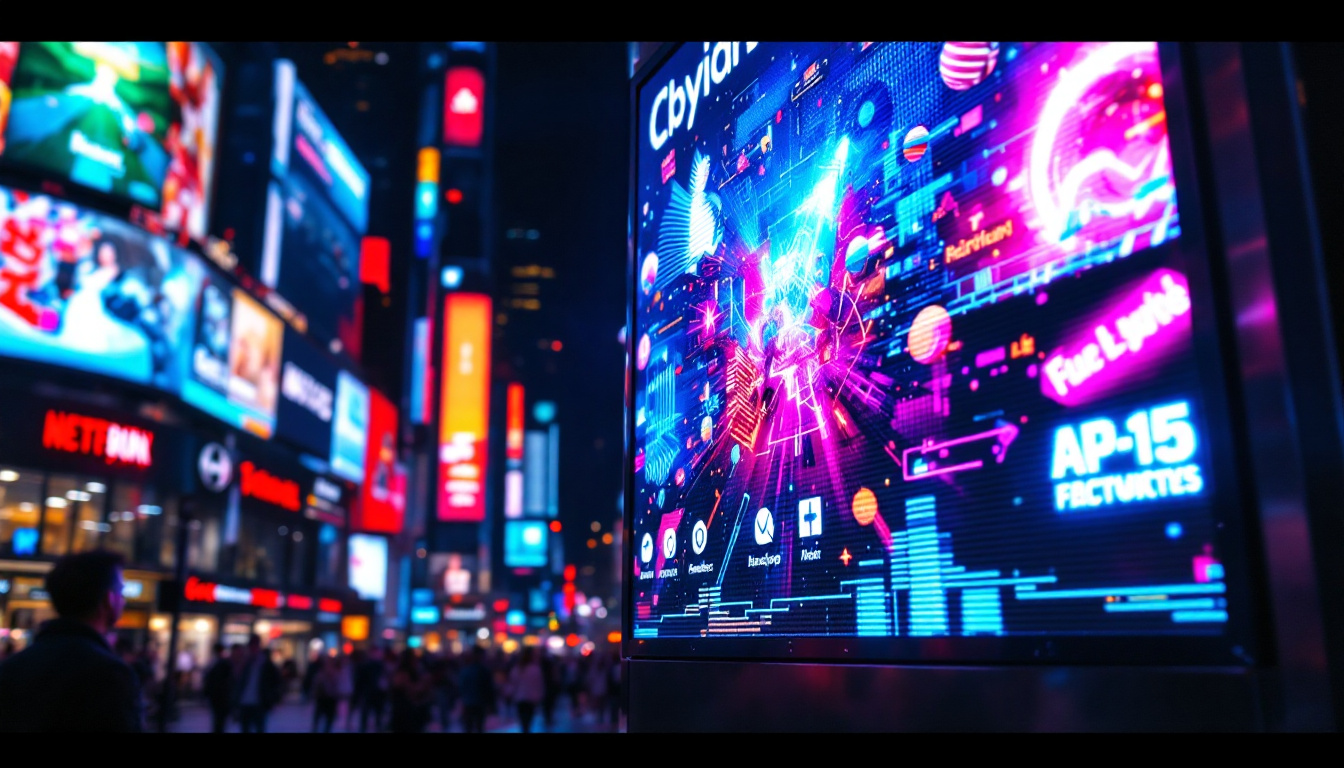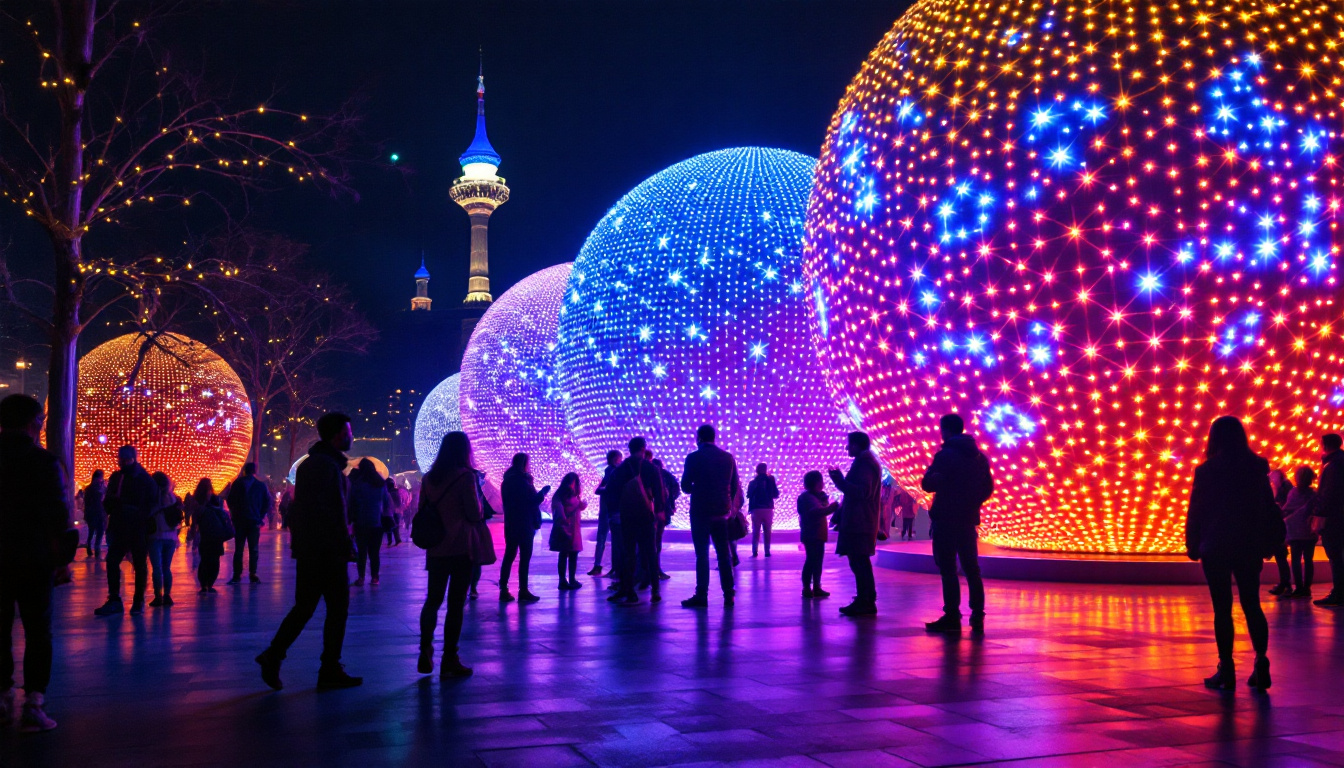Times Square in New York City is renowned worldwide for its dazzling array of billboards and digital displays that light up the urban landscape day and night. Among these, LED displays have become the defining feature, transforming the way advertisers engage with millions of visitors and passersby each year. This article delves into the technology behind Times Square’s iconic LED billboards, exploring their design, impact, and the future of digital advertising in one of the world’s busiest commercial hubs.
The Evolution of Times Square Billboards
Times Square’s visual identity has evolved dramatically over the past century. Initially dominated by painted and printed advertisements, the area began embracing illuminated signs in the early 20th century. The introduction of neon lighting in the 1920s marked a significant shift, making advertisements visible at night and creating the vibrant atmosphere that Times Square is famous for. These neon signs not only became a symbol of the American nightlife but also reflected the cultural zeitgeist of the Roaring Twenties, where the allure of modernity and consumerism flourished.
However, neon signs had their limitations in terms of brightness, color variety, and dynamic content. The transition to LED (Light Emitting Diode) technology in the late 20th and early 21st centuries revolutionized the landscape. LED displays offered brighter, more energy-efficient, and versatile options, enabling advertisers to present dynamic content with high resolution and vivid colors. This shift not only enhanced the aesthetic appeal of Times Square but also allowed for a more sustainable approach to advertising, as LED technology consumes significantly less power compared to traditional neon lights.
From Static to Dynamic Displays
Before LED technology, billboards were largely static or featured limited motion through mechanical means. LED displays introduced the ability to show full-motion video, animations, and real-time updates. This capability has transformed advertising strategies, allowing brands to capture attention with compelling storytelling and interactive content. The evolution of these displays has also coincided with advancements in technology, such as mobile connectivity and social media, enabling advertisers to engage with audiences in real-time and create immersive experiences that resonate with viewers.
For example, the iconic NASDAQ billboard in Times Square uses LED technology to stream live financial data, news, and advertisements, blending information and marketing seamlessly. This dynamic approach is a key reason why LED displays have become the preferred choice for advertisers in high-traffic urban environments. Moreover, the integration of augmented reality (AR) and interactive elements into these displays has opened new avenues for audience engagement, allowing passersby to interact with brands in innovative ways. As technology continues to evolve, the future of Times Square billboards promises to be even more exciting, with potential developments in artificial intelligence and personalized advertising that could further enhance the viewer experience.
Understanding LED Display Technology
LED displays consist of numerous tiny light-emitting diodes arranged in a grid to create images and videos. Each diode can emit light in various colors, and by controlling the intensity of red, green, and blue diodes, a full spectrum of colors can be produced. This section explains the technical aspects that make LED displays ideal for Times Square billboards.
How LEDs Work
At the core of LED display technology are semiconductor devices that emit light when an electric current passes through them. Unlike traditional incandescent bulbs, LEDs are highly energy-efficient, have longer lifespans, and can be made very small, allowing for high-resolution displays.
Each pixel on an LED screen is typically composed of three diodes—red, green, and blue—that combine to produce the desired color. By adjusting the brightness of each diode, millions of color variations can be displayed, enabling vibrant and detailed images.
Types of LED Displays Used in Times Square
Times Square billboards employ various types of LED displays, tailored to different viewing distances, lighting conditions, and content requirements. The most common types include:
- Outdoor LED Displays: Designed to withstand harsh weather conditions, these displays feature high brightness levels (often exceeding 5,000 nits) to remain visible even in direct sunlight.
- Fine-Pitch LED Displays: With smaller pixel spacing, these displays offer higher resolution, making them suitable for close-up viewing areas within Times Square.
- Curved and Flexible LED Screens: Some billboards utilize flexible LED panels that can be shaped to fit architectural features, creating immersive visual experiences.
Brightness and Color Accuracy
One of the critical advantages of LED technology is its ability to maintain high brightness and color accuracy under varying ambient light conditions. Times Square’s LED billboards often operate at brightness levels between 5,000 and 10,000 nits, ensuring visibility during daylight and nighttime.
Advanced calibration techniques and sensors adjust brightness automatically to optimize viewing while minimizing energy consumption. This adaptability is essential in a location like Times Square, where lighting conditions can change rapidly throughout the day.
Impact of LED Billboards on Advertising and Urban Experience
The adoption of LED billboards in Times Square has reshaped both the advertising industry and the urban environment. This section explores the multifaceted impact of these displays on brands, consumers, and the city itself.
Enhancing Brand Engagement
LED billboards offer advertisers unparalleled creative freedom. The ability to display dynamic, high-resolution content enables brands to craft immersive campaigns that resonate with diverse audiences. For instance, major brands like Coca-Cola, Samsung, and Disney leverage Times Square’s LED displays to launch interactive and visually stunning advertisements that generate significant social media buzz.
Moreover, real-time content updates allow advertisers to tailor messages based on events, time of day, or audience demographics, enhancing relevance and engagement. This flexibility is a powerful tool in today’s fast-paced marketing landscape.
Economic Significance
Times Square’s LED billboards contribute substantially to New York City’s economy. Advertising revenue from these displays generates millions annually, supporting local businesses and employment in advertising, technology, and maintenance sectors.
According to recent estimates, the Times Square advertising market accounts for over $1 billion in annual revenue, with LED billboards representing a significant portion of this figure. The high visibility and prestige associated with Times Square advertising justify premium pricing, making it a lucrative platform for brands worldwide.
Urban Aesthetics and Safety
Beyond advertising, LED billboards enhance the urban aesthetics of Times Square, contributing to its identity as “The Crossroads of the World.” The vibrant lighting creates a sense of energy and excitement that attracts tourists and locals alike.
However, the proliferation of bright displays also raises concerns about light pollution and driver distraction. To address these issues, city regulations govern brightness levels, display content, and operational hours. Advances in LED technology, such as directional lighting and adaptive brightness controls, help mitigate potential negative impacts while preserving the area’s iconic look.
Technical Challenges and Innovations
Implementing and maintaining LED billboards in a complex urban environment like Times Square involves overcoming several technical challenges. This section highlights key issues and the innovative solutions employed to ensure optimal performance.
Weather Resistance and Durability
Times Square’s outdoor LED displays must endure extreme weather conditions, including rain, snow, heat, and humidity. To ensure longevity, LED panels are built with robust waterproof and dustproof enclosures, often rated to IP65 or higher.
Additionally, thermal management systems prevent overheating by dissipating heat generated by the LEDs and electronic components. This is crucial for maintaining consistent brightness and preventing premature failure.
Energy Efficiency and Sustainability
While LED technology is inherently more energy-efficient than traditional lighting, the sheer scale of Times Square’s displays demands ongoing efforts to reduce power consumption. Innovations such as low-power LEDs, smart brightness controls, and solar-powered installations contribute to sustainability goals.
Some billboards incorporate energy recovery systems and use environmentally friendly materials to minimize their ecological footprint. These initiatives align with New York City’s broader commitment to reducing greenhouse gas emissions and promoting green infrastructure.
Content Management and Integration
Managing content across numerous LED displays requires sophisticated software platforms that enable scheduling, real-time updates, and remote control. These systems integrate with data feeds, social media, and interactive technologies to deliver engaging experiences.
For example, during major events like New Year’s Eve or major sports championships, content managers synchronize multiple LED billboards to create coordinated visual spectacles that captivate audiences both on-site and via broadcast media.
The Future of LED Billboards in Times Square
As technology continues to advance, the future of LED billboards in Times Square promises even greater innovation and impact. Emerging trends and developments are set to redefine the urban advertising landscape.
Integration of Augmented Reality and Interactivity
Augmented reality (AR) and interactive technologies are beginning to merge with LED displays, offering immersive experiences that engage viewers on a deeper level. Future billboards may incorporate sensors, cameras, and mobile connectivity to enable personalized content and real-time interaction.
This evolution will allow brands to create memorable campaigns that respond to audience behavior and preferences, transforming passive viewers into active participants.
Higher Resolution and Flexible Form Factors
Advancements in LED manufacturing are enabling even finer pixel pitches and flexible display panels. This will allow for ultra-high-definition content and innovative billboard shapes that integrate seamlessly with architectural elements.
Such developments will enhance visual impact and open new creative possibilities for advertisers and city planners alike.
Smart City Integration
LED billboards are poised to become integral components of smart city infrastructure. By connecting to urban data networks, these displays can provide real-time information on traffic, weather, public safety, and events, serving both commercial and civic functions.
This convergence of advertising and public service will enhance the utility of Times Square’s digital landscape, benefiting residents, visitors, and businesses.
Conclusion
Times Square’s LED billboards are more than just advertising tools; they are technological marvels that shape the character and economy of one of the world’s most iconic urban spaces. Understanding the technology behind these displays reveals the complexity and innovation involved in creating the vibrant visual experiences that define Times Square.
As LED technology continues to evolve, these billboards will remain at the forefront of digital advertising, blending creativity, technology, and urban culture in a dynamic and ever-changing tableau.
Illuminate Your Brand with LumenMatrix
As you’ve seen, LED billboards in Times Square are not just advertisements; they are a canvas for innovation and engagement. LumenMatrix stands at the forefront of this technological revolution, offering a wide array of LED display solutions that bring your brand to life. From Indoor and Outdoor LED Wall Displays to specialized options like Vehicle, Sports, and Floor LED Displays, LumenMatrix tailors to your unique needs. Embrace the future of visual communication with our Custom, All-in-One, and Transparent LED Displays, designed to captivate and engage audiences like never before. Ready to transform your brand’s visibility? Check out LumenMatrix LED Display Solutions and join the vibrant tableau of digital innovation.

